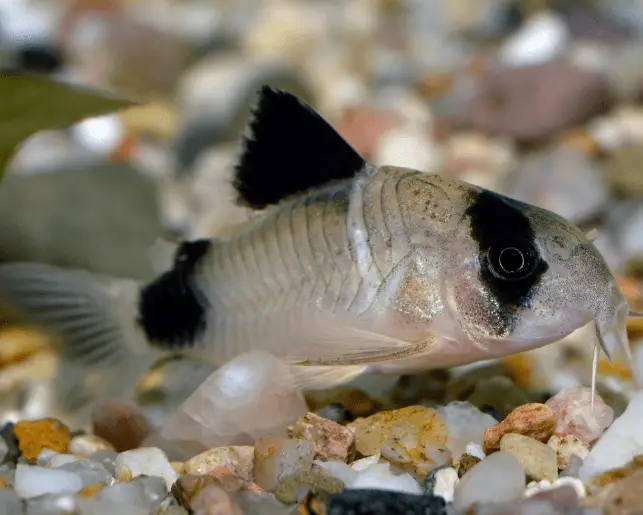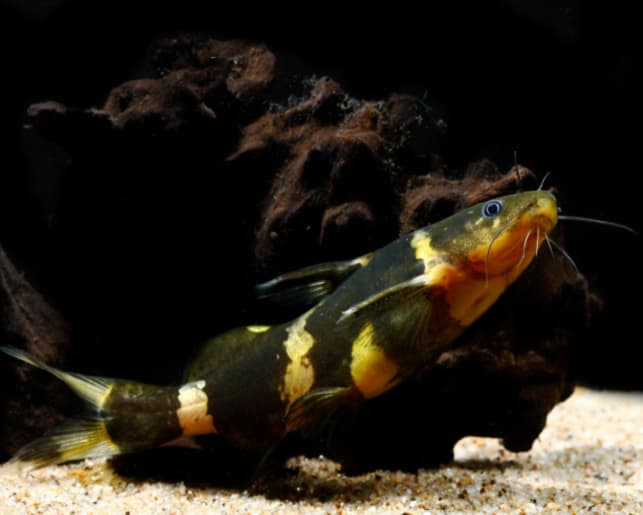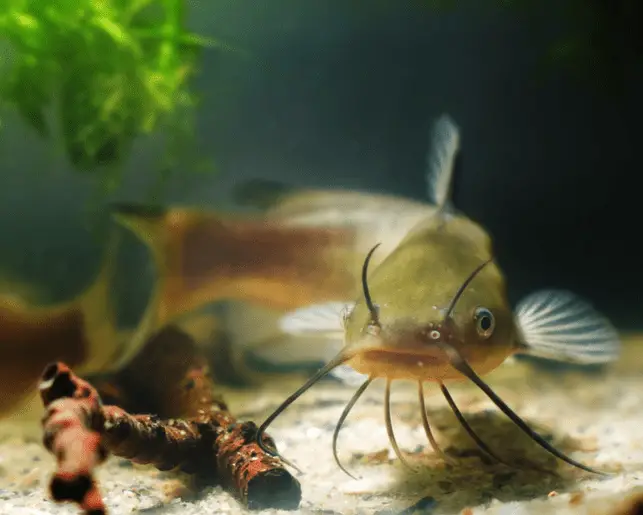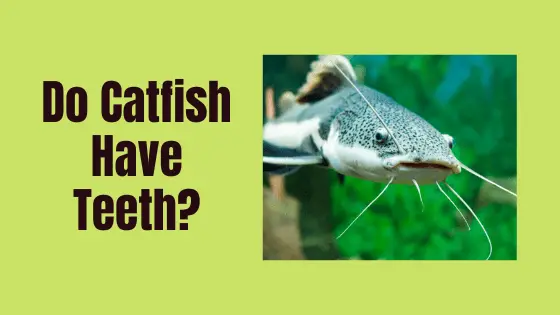Catfish are great to have in your aquarium because they eat food remnants that other fish won’t touch, keeping your aquarium nice and clean. If you’ve never owned a catfish, you might have heard they have teeth. Is this true?
Some catfish have teeth. Catfish teeth are called cardiform — tiny outgrowths on the lower gum that face inwards. The cardiform help them to reposition prey in their mouths and prevent them from escaping. Not all aquarium catfish have teeth, however.
This article will go in-depth on catfish teeth and how they work. I’ll also give a brief explanation on whether catfish bite.
Do Catfish Have Teeth?
Many species of catfish have teeth called cardiform. These teeth resemble a cat’s tongue in that they are tiny and rough-textured. Some aquarium catfish varieties are born with cardiform, lose them before they reach adulthood, and never regrow them.
The cardiform are located on the lower gum and also line the throat. The number and density of teeth that catfish have depend on their type.
Here are the most common aquarium catfish and how their cardiform work:
Cory Catfish
Peaceful and sociable fish, Cory catfish can be safely kept with most other aquarium fish without their owners having to worry about the latter being gobbled up. Baby Cory catfish have tiny teeth, which eventually fall out. These teeth aren’t replaced, so adult Cory catfish are toothless.

Pictus Catfish
Pictus catfish are shy and enjoy lingering in dark and hidden places in the aquarium. As omnivorous fish, they eat practically anything, including smaller fish. Like Cory catfish, they don’t have teeth but are predatory, so you need to be careful when choosing their tankmates.
The following fish species should not be kept in the same aquarium as pictus catfish:
- bumblebee goby
- sparkling gourami
- harlequin rasbora
- neon tetra
Their large mouths make it easy to prey on smaller fish, and their sharp and slightly venomous fins can be a hazard to you and other fish in your tank.
Upside-Down Catfish
The upside-down catfish is named for its unique ability to swim upside down. This species has around 50 teeth as an adult and is an omnivore — meaning it can eat practically anything that can fit in its mouth.
Upside-down catfish are nocturnal (i.e., they wake up and start searching for food when conditions become dark). If they can’t find anything at the bottom of the tank, they will hunt higher up and won’t hesitate to eat smaller fish if they’re desperate.
Striped Raphael
Striped Raphael catfish are large fish and have several rows of tiny teeth. You can put other catfish or large fish in the same tank with them. Avoid placing tiny fish with striped Raphaels because the latter may eat them when they have no other food available.
They’re considered performers because they’re often active and enjoy swimming in multiple directions and making funny movements with their fins.
Bumblebee Catfish
Bumblebee catfish are timid and peaceful nocturnal fish that enjoy hiding in nooks and crannies in the tank. They have large, wide mouths that can easily accommodate smaller fish such as tetras, so they’re best suited to larger tank mates that they can’t swallow. They have a few rows of densely-packed teeth.

What Do Catfish Use Their Teeth For?
Catfish use their teeth to keep their prey in their mouths because they swallow prey whole. The inward-facing teeth help prevent the prey from escaping and aquatic vegetation from slipping out of their mouths.
Catfish typically have large and wide mouths that catch prey with a sucking motion. Once the prey is in the catfish’s mouth, they usually swallow it whole immediately. Their tiny teeth help keep the prey in place before they can close their mouths.
Most catfish also have tiny cardiform lining their throats in case they catch a particularly active piece of prey that tries to escape despite already being swallowed.
If you want to prevent your aquarium catfish from eating smaller fish in the tank, here’s what you can do:
- Give your catfish plenty of food to decrease their chances of hunting the smaller fish. Catfish enjoy scavenging for food at the bottom of the tank, so food that can sink (such as sinking pellets) is ideal. Other food catfish like include freeze-dried worms, food designed for catfish, and brine shrimp.
- Provide plenty of hiding places for smaller fish. If smaller fish in your aquarium have nowhere to hide, they can be vulnerable to hungry catfish. Using pieces of coral and driftwood, artificial caves and plenty of vegetation in your aquarium will allow the smaller fish to hide and feel safe.
- Keep your fish healthy and well-fed. Malnourished and unhealthy fish are more vulnerable to becoming catfish prey, making it more difficult for them to escape. You can help keep your aquarium fish healthy and well-fed by providing them with plenty of food. As scavengers, catfish will eat anything, so make sure the smaller fish also have lots to eat.

Do Catfish Bite?
Catfish do not bite because their teeth are too small and lack the power to penetrate the skin of their prey. Their teeth also face inwards, making it challenging to inflict injury unless the prey tries to move out of the catfish’s mouth.
If you place your finger in your catfish’s tank, they may grab onto it, won’t let go, and graze your skin when you try to remove your finger. Since the injury is on the surface and barely noticeable, you couldn’t classify it as a bite.
The same can be said about prey that tries to escape a catfish’s mouth. If they try to escape, they will get lightly injured by the inward-facing teeth.
Conclusion
Many catfish types have tiny teeth called cardiform. These are located on the lower gum and inside the throat and help the catfish grab onto prey and prevent it from moving out of the mouth.
Most catfish are peaceful and laid back but will easily devour smaller fish if they don’t have anything else they can eat in the tank. You should, therefore, always ensure that you feed your catfish on time and give the smaller fish plenty of places to hide.

